Dell PowerEdge R720 review
Dell’s new PowerEdge R720 combines Intel’s eagerly awaited Xeon E5-2600 processors with a wealth of new features. Is this the best-designed 2U rack server on the market? Read Dave Mitchell’s exclusive review to find out.
As a general-purpose 2U rack server, the PowerEdge R720 looks capable of running any application that can be thrown at it. Its massive memory capacity and hypervisor redundancy make it ideal for virtualisation, while the storage capacity, expansion potential and remote management are excellent. Plus, of course, it supports Intel’s very latest Xeon E5-2600 processors.


Dell PowerEdge R720
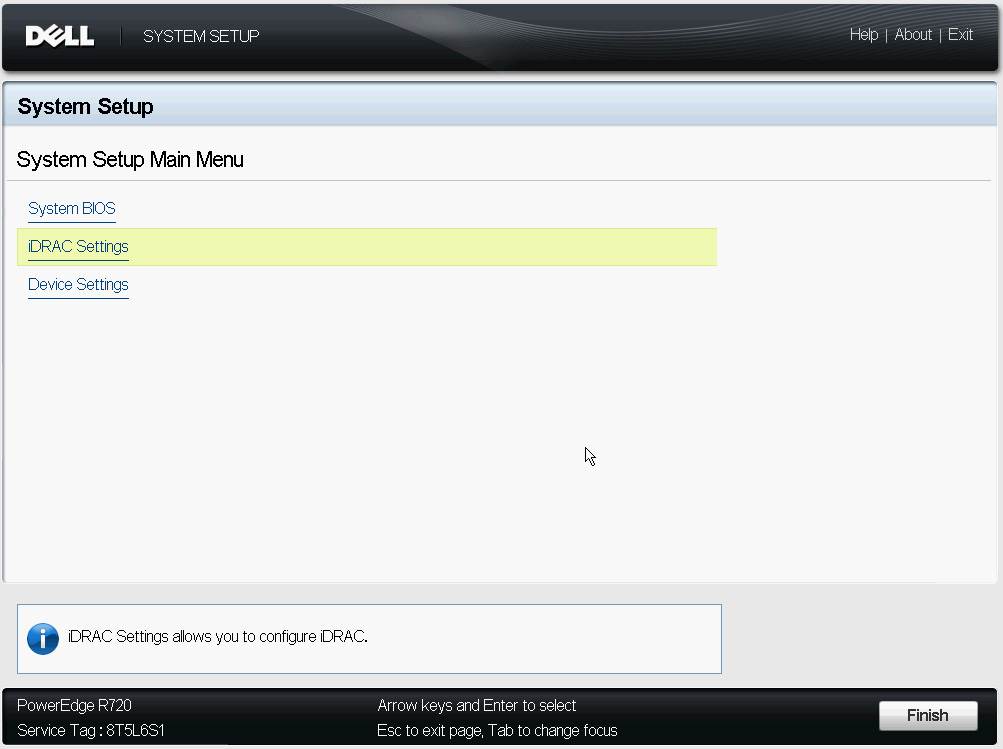
Dell PowerEdge R720
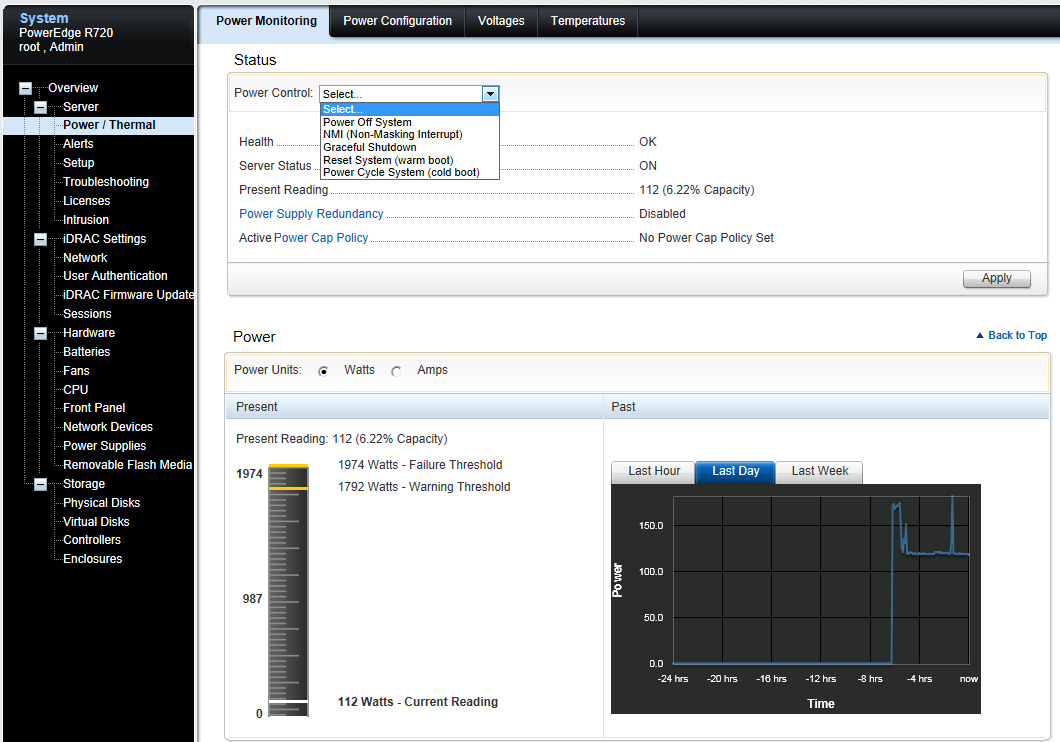
Dell PowerEdge R720
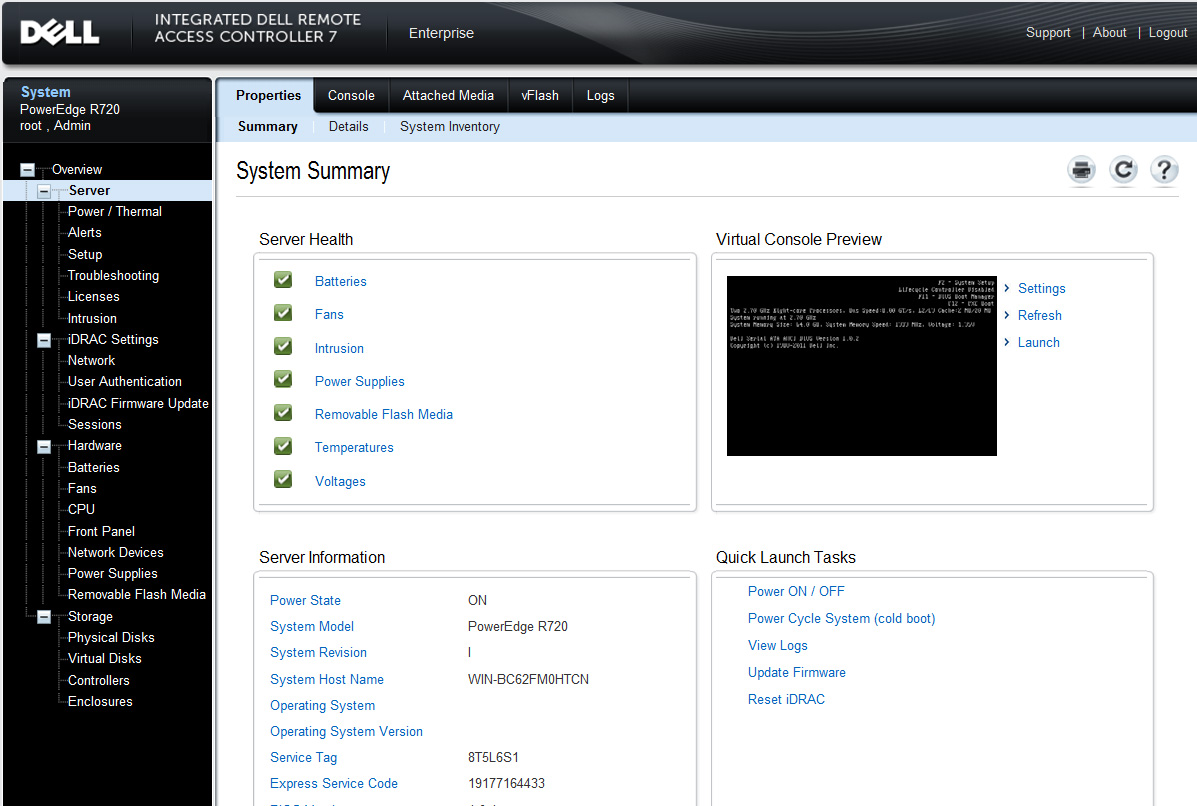
Dell PowerEdge R720
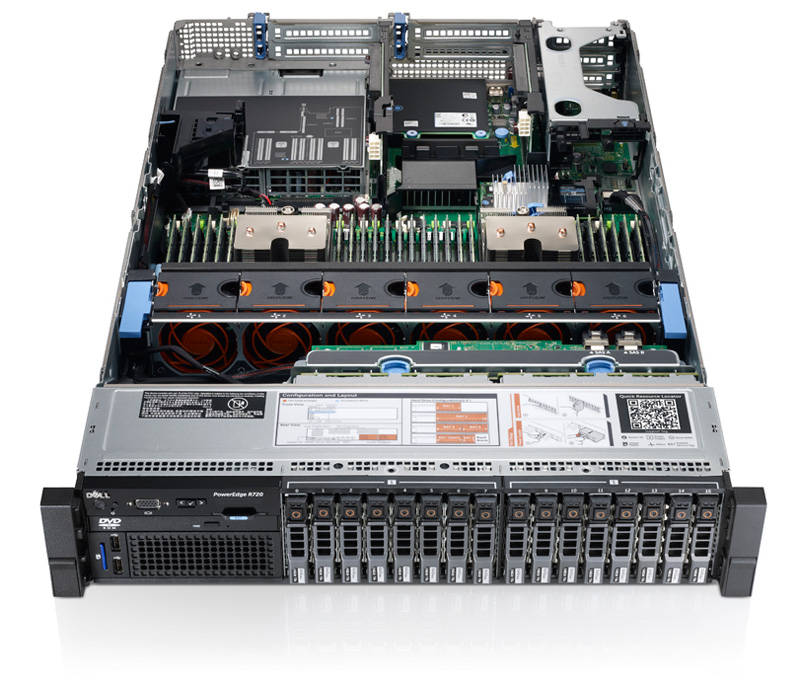
Dell PowerEdge R720
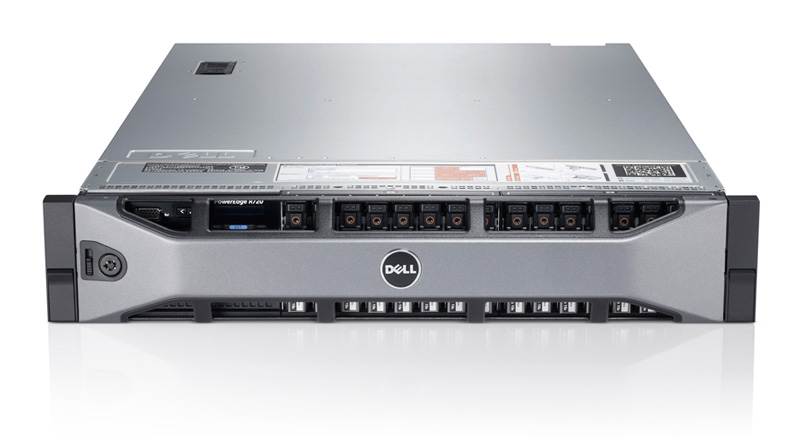
Dell PowerEdge R720
With the launch of its twelfth generation of PowerEdge servers, Dell takes an early lead over HP and IBM by being the first to deliver a production server with Intel's new Xeon E5-2600 processors. In this exclusive review we look at the new PowerEdge R720, which sees a complete redesign over the R710.

Storage potential sees huge improvements, as this 2U chassis has room for up eight hot-swap LFF or sixteen SFF hard disks twice that of the R710. Dell also uniquely offers a version with four standard SSF bays and four hot-plug PCI-e Express Flash SSDs.
Dell also offers the R720xd (extreme disk') version that uses a different chassis. Available as a separate order, it has been modified to provide 24 hot-swap SFF bays at the front and two more at the back.
The system on review came equipped with a pair of 2.7GHz Intel Xeon E5-2680 processors. These use the new 32nm Sandy-Bridge-EP' (efficient performance) architecture that sees inter-socket QPI links doubled and their speeds boosted to 8GT/s (gigatransfers per second).
The E5-2680 is near the top of this group of 8-core server CPUs, with its large 20MB L3 cache and support for Intel's new Turbo Boost 2.0. The latter allows cores to be speeded up briefly beyond their TDP rating. During idle periods, the system accumulates a thermal budget and in times of increased activity, this is used to boost core performance for up to 25 seconds.

The server's excellent internal design has allowed Dell to pack in an impressive range of features.
The E5-2600 Xeons have four memory channels per socket and the R720 has the full 24 DIMM slots onboard. Memory can be boosted up to a massive 768GB in dual-CPU systems using 32GB RDIMMs, or the new LR-DIMM (Load Reduced) modules.
Get the ITPro daily newsletter
Sign up today and you will receive a free copy of our Future Focus 2025 report - the leading guidance on AI, cybersecurity and other IT challenges as per 700+ senior executives
Dave is an IT consultant and freelance journalist specialising in hands-on reviews of computer networking products covering all market sectors from small businesses to enterprises. Founder of Binary Testing Ltd – the UK’s premier independent network testing laboratory - Dave has over 45 years of experience in the IT industry.
Dave has produced many thousands of in-depth business networking product reviews from his lab which have been reproduced globally. Writing for ITPro and its sister title, PC Pro, he covers all areas of business IT infrastructure, including servers, storage, network security, data protection, cloud, infrastructure and services.
-
 Cleo attack victim list grows as Hertz confirms customer data stolen – and security experts say it won't be the last
Cleo attack victim list grows as Hertz confirms customer data stolen – and security experts say it won't be the lastNews Hertz has confirmed it suffered a data breach as a result of the Cleo zero-day vulnerability in late 2024, with the car rental giant warning that customer data was stolen.
By Ross Kelly Published
-
 Women show more team spirit when it comes to cybersecurity, yet they're still missing out on opportunities
Women show more team spirit when it comes to cybersecurity, yet they're still missing out on opportunitiesNews While they're more likely to believe that responsibility should be shared, women are less likely to get the necessary training
By Emma Woollacott Published
-
 OpenAI wants developers using its new GPT-4.1 models – but how do they compare to Claude and Gemini on coding tasks?
OpenAI wants developers using its new GPT-4.1 models – but how do they compare to Claude and Gemini on coding tasks?News OpenAI says its GPT-4.1 model family offers sizable improvements for coding, but tests show competitors still outperform it in key areas.
By Ross Kelly Published